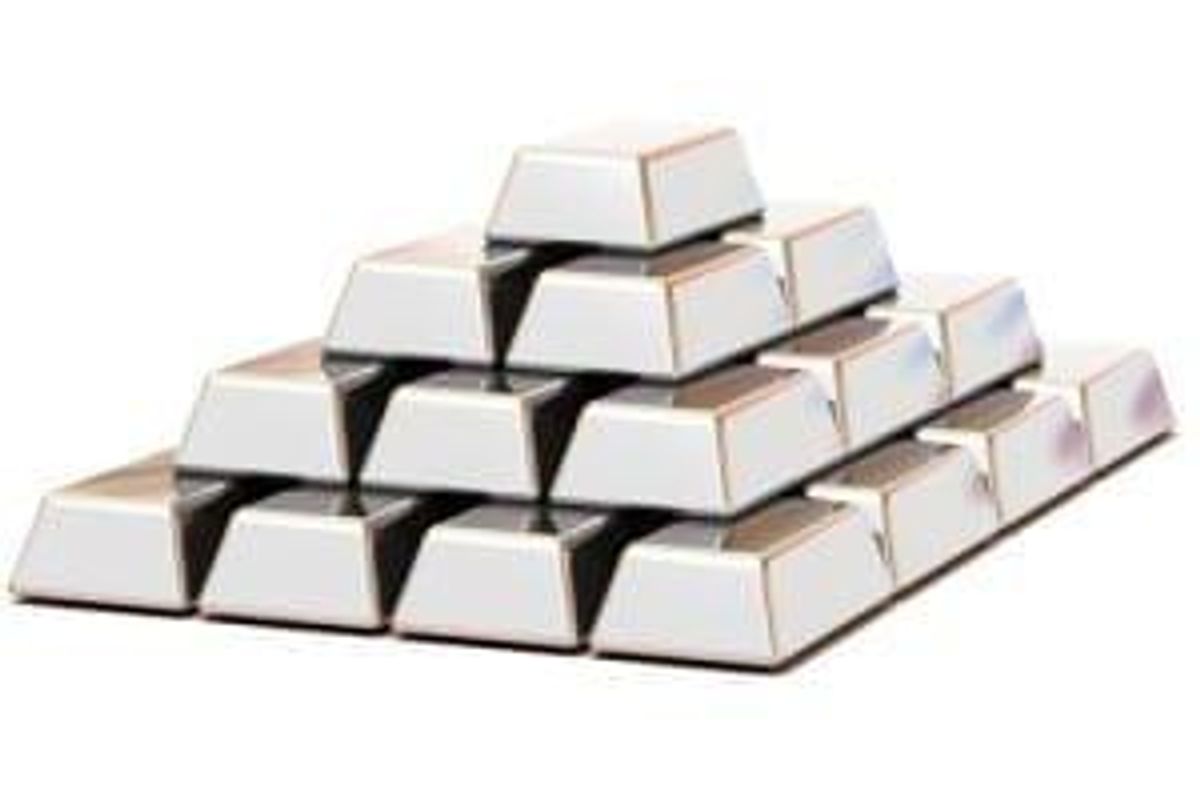
Owning and leasing the precious metal has become a more appealing route for fund managers, as borrowers are willing to pay up to 6 percent interest.
Borrowers are currently paying holders of palladium 6 percent to use the precious metal for a week, according to Bloomberg.
With holdings in exchange-traded funds (ETFs) backed by palladium reaching lows not seen since 2009, owning and leasing the metal has become a more appealing route for fund managers.
“Fund managers get out of the ETF, take physical ownership of palladium and then they lease it out, so they get paid,” said Miguel Perez-Santalla, sales and marketing manager at Heraeus Metals New York.
“The market is not as tight as it was a few months ago, but it’s still tight. If you lease out the metal, you get paid, whereas in the ETF, it costs you money to hold it,” he added.
The business of leasing palladium has gained attention from hedge funds, which has resulted in withdrawals from ETFs backed by the metal.
Consumers of the metal have turned to the lease market for supply amid shortages that sent prices to a record US$1,139.68 an ounce in January. The rest of 2018 is expected to see production continue to trail.
According to a recent report by Johnson Matthey (LSE:JMAT), the palladium market will remain in a large deficit, even if ETF investors continue to take profits.
“The behaviour of ETF investors will be critical to determining the size of the shortfall, but even if they continue to take profits, this is unlikely to be enough to bring the market into balance,” it says.
The metal, which is most frequently used to curb pollution in gasoline-fueled vehicles, has also experienced gains within the automotive sector, causing prices to rise on the heels of 2018.
Chris Blasi of precious metals dealer Neptune Global Holdings said, “[p]alladium is actually taking some market share away from platinum in the world of catalytic converters. So that’s what we see as driving the palladium price. But … no investor saw that coming.”
As of 1:15 a.m. EST on Tuesday (March 20), palladium was down, trading at US$979 an ounce.
Don’t forget to follow us @INN_Resource for real-time news updates!
Securities Disclosure: I, Nicole Rashotte, hold no direct investment interest in any company mentioned in this article.